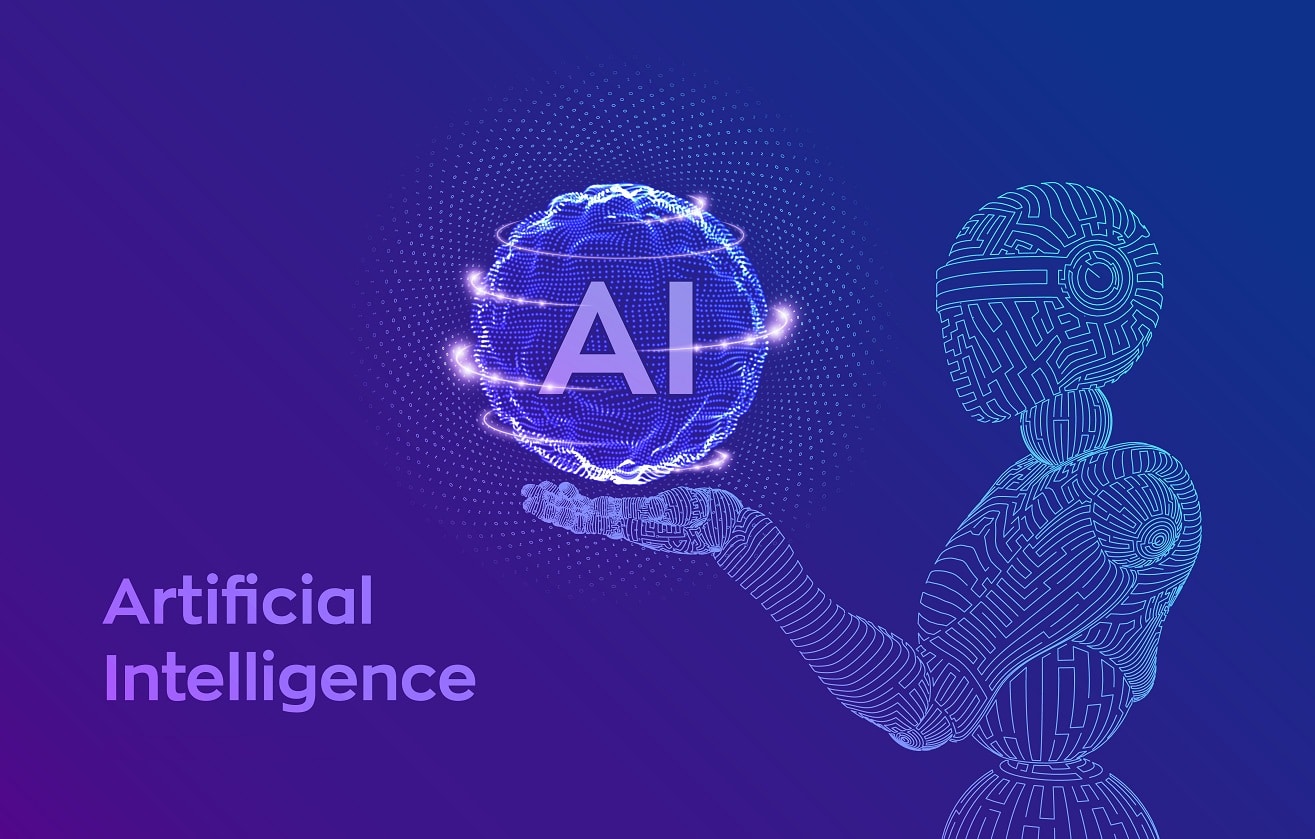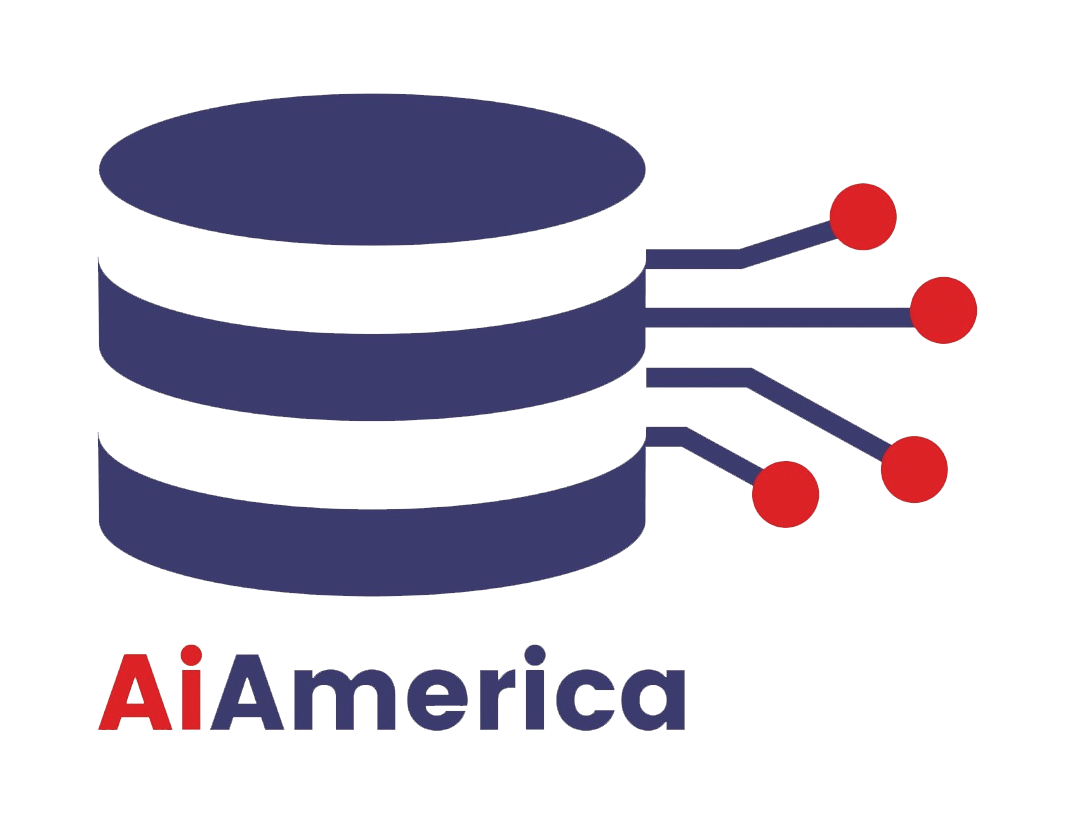
In 2025, the AI field is witnessing a transformative shift driven by the rapid maturation of agentic AI—autonomous intelligent agents that plan, reason, and act independently—and the evolution of models like GPT-5, which excel at agentic tasks with sophisticated tool integration and long-context understanding.
Agentic AI: Autonomous and Goal-Driven
Agentic AI has moved beyond basic automation to fully autonomous AI agents capable of managing complex workflows, making decisions, and learning continuously without human intervention. Key trends in 2025 include:
- Automated Customer Service at Scale: AI agents now take full ownership of customer interactions, proactively identifying and resolving issues such as refunds or service adjustments without waiting for user prompts. Companies like Amazon have integrated such agents, boosting resolution speed and accuracy.
- Supply Chain and Logistics Optimization: Agentic AI monitors real-time conditions, adapts shipping routes dynamically, predicts demand fluctuations, and reroutes shipments proactively—reducing costs and delays. DHL exemplifies this with its AI-enhanced logistics management.
- Multi-Agent Collaboration: Groups of AI agents work together seamlessly, sharing intelligence to solve distributed problems in industries including logistics, disaster response, and autonomous vehicle management.
- Memory-Augmented Agents: Agents retain long-term context, user preferences, and interaction history, enabling hyper-personalized, efficient, and natural interactions especially in customer support and e-commerce.
- Vertical and Specialized Agents: Specialized microservice-like agents tackle domain-specific tasks such as medical scheduling, financial investment analysis, or automated code debugging.
- Ethical and Privacy-Focused Design: Regulatory frameworks such as the EU AI Act have accelerated adoption by providing clearer governance guidelines for autonomous AI deployment.
By 2025, agentic AI systems are achieving over 90% decision-making accuracy in real-world applications while operating continuously around the clock, delivering substantial cost savings and workflow efficiencies.
GPT-5: The Agentic AI Powerhouse
Released in 2025, GPT-5 marks a major milestone in large language models by significantly enhancing autonomous AI capabilities:
- Superior Agentic Task Performance: GPT-5 reliably chains dozens of tool calls both sequentially and in parallel, exhibits outstanding instruction-following, and manages long-context content retrieval with a context window extending to over 270,000 tokens.
- Advanced Reasoning and Tool Use: It offers nuanced multi-step reasoning and transparent decision explanations, which make it ideal for complex enterprise workflows requiring auditability.
- Multimodal and Multi-Turn Dialogue: GPT-5 supports natural human-like conversations supplemented with multimodal inputs while maintaining context awareness throughout long agentic workflows.
- Developer Controls for Customization: Novel API features provide adjustable verbosity and reasoning effort, letting developers tailor speed, detail, and output style for diverse applications.
- Broad Suite of Models: From the ultra-fast GPT-5 Nano designed for low-latency tasks to full reasoning GPT-5 variants supporting complex analytics, the lineup supports varied agentic use cases.
GPT-5 integration into platforms like Azure AI Foundry has enabled businesses to transition from experimental pilots to large-scale, production-grade autonomous AI systems, driving advances in coding automation, financial analysis, customer service, and more.
Synergistic Impact and Market Outlook
Together, agentic AI trends and GPT-5’s powerful agentic capabilities are transforming AI from reactive assistants into proactive, autonomous collaborators. The agentic AI market is projected to grow rapidly, estimated to reach tens of billions in value by 2030, fueled by increased adoption in enterprises striving for automation, real-time responsiveness, and cost-effective decision intelligence.
Emerging capabilities such as autonomous self-healing data pipelines, vertical AI agents tailored to specific industries, and collaborative multi-agent ecosystems are reshaping workflows across finance, healthcare, supply chain, R&D, and customer engagement.
Summary
The convergence of agentic AI and powerful GPT models signals a new era where intelligent agents become integral to enterprise and consumer AI applications.
Agentic AI in 2025 is characterized by autonomous goal-driven agents capable of complex reasoning, multi-agent collaboration, and proactive task execution.
GPT-5 provides the state-of-the-art AI foundation model powering these agentic systems with enhanced tool use, long-context understanding, and sophisticated reasoning.
Real-world deployments show measurable impact through improved efficiency, reduced operational costs, and enriched user experiences.
Regulatory clarity, ethical design frameworks, and advances in AI infrastructure accelerate widespread adoption.









